IMPROPER ASSESSMENT OF DETENTION FEES CARRIER WAN HAI PENALISED WITH A HEFTY FINE
The Carrier Wan Hai has come to the forefront for the wrong reasons. Wan Hai is paying for an investigation into the detention fees it had wrongly charged against 21 containers in Southern California in 2021. Wan Hai has been forced to cough up USD 850,000.00 as a civil penalty as per the agreement with the US Federal Maritime Commission (FMC) Bureau of Enforcement (BOE)
When is A Detention Fee Imposed?
Detention fees surface in cases where the shippers fail to return an empty container within the time limit specified in the ocean freight contract. The carriers can charge the shipper in such a case. But in the case of the Wan Hai penalty, the shipper complained that the carrier was carrying improper assessment, as they knew that the containers could not be returned “knowing and willingly.”
This is the second major penalty two weeks after Hapag Lloyd was charged USD 822,220.00 in April for the same improper assessment. In the Wan Hai penalty, the FMC’s BOE assessed that 21 empty containers were wrongly charged with detention fees when their owners were offered no return locations or when the designated terminals were not accepting the container chassis or appointments were made unavailable for the containers.
The Findings of the Investigation
In an investigation led by the FMC in December, it was found that invoiced amounts for detention ranged from USD 125.00 to USD 1,550.00. It was noticed as a finding that the shipper had made an earnest attempt to return the containers but was refused to be acknowledged and slapped detention fees instantly as the carrier could not provide them terminal space or even schedule a reappointment. The investigation produced proof by the shipper showing screenshots where they asked the carrier to waive the amount as no promised service was provided, and they were refused.
The Wan Hai penalty follows immediately after the Hapag Lloyd case, which happened in mid-2021, where the drayage operator Golden State Logistics tried to return 11 empty containers but could not do so owing to uncontrollable factors. The judge in the Hapag Lloyd case stated, “it was looking into the ruling and will then decide further legal action.” This pushed forward the Wan Hai penalty as a settlement between BOE and the carrier Wan Hai. The carrier has agreed to pay the fine and no longer collect such detention fees from unnamed parties related to the 21 containers. The agreement said that it is not to be construed as an admission by the carrier on the violations in the December investigation and also stipulates that the BOE will take no further action against the carrier.
Ripple Effect of the Penalty
The CEO of the Harbor Trucking Association, Matt Schrap commented about the decision as “another chink in the armor for carriers on this issue; the veil has been pulled back.” The volume of complaints has risen since March, as the penalties levied in these cases have helped the offended parties file cases involving what they deem improper assessment of detention and demurrage fees by carriers.
As a part of inviting such complaints, the FMC issued a Dec 28 notice as part of an ongoing investigation regarding excess fees with a shipper advisory group urging the commission to investigate further from carriers to terminal operators. Presently, California’s federal and state legislation is actively involved in tackling the issue.

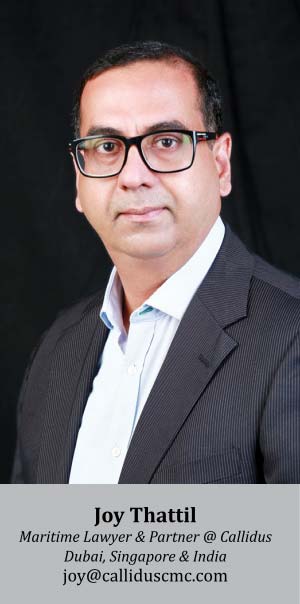 Recently the Courts and Legal System of the Kingdom of Saudi Arabia introduced a new Royal Decree No. M/16 on 30/1/1443H to amend the judicial cost systems and implement the court fee for the newly filed legal suits. The new Law came into effect on 13th March 2022, encouraging litigants to settle their disputes amicably.
Recently the Courts and Legal System of the Kingdom of Saudi Arabia introduced a new Royal Decree No. M/16 on 30/1/1443H to amend the judicial cost systems and implement the court fee for the newly filed legal suits. The new Law came into effect on 13th March 2022, encouraging litigants to settle their disputes amicably. …Tring Tring…
…Tring Tring…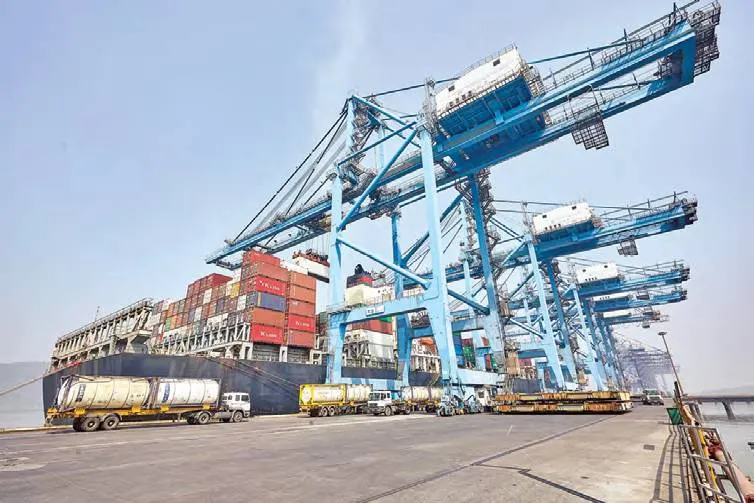 Port-led Industrialization
Port-led Industrialization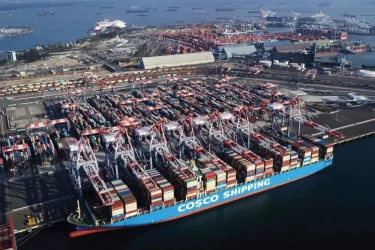
 2021 was indeed a tumultuous year. Most of the world was in lockdown for almost half the year while facing the highest freight rates in addition to the tightest space crunch in history. Despite the turmoil brought on as the aftermath of the pandemic’s first 2 waves, CSS Group ended the year on a triumphant note. We achieved some significant milestones that I wish to remind you about. One of which was the Art Logistics service coming into full force, offering logistical support to the burgeoning demand for fine art movements across the region and beyond. And then the following were other achievements that 2021 brought with it.
2021 was indeed a tumultuous year. Most of the world was in lockdown for almost half the year while facing the highest freight rates in addition to the tightest space crunch in history. Despite the turmoil brought on as the aftermath of the pandemic’s first 2 waves, CSS Group ended the year on a triumphant note. We achieved some significant milestones that I wish to remind you about. One of which was the Art Logistics service coming into full force, offering logistical support to the burgeoning demand for fine art movements across the region and beyond. And then the following were other achievements that 2021 brought with it.
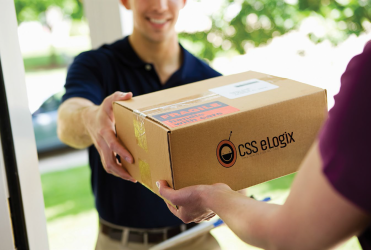
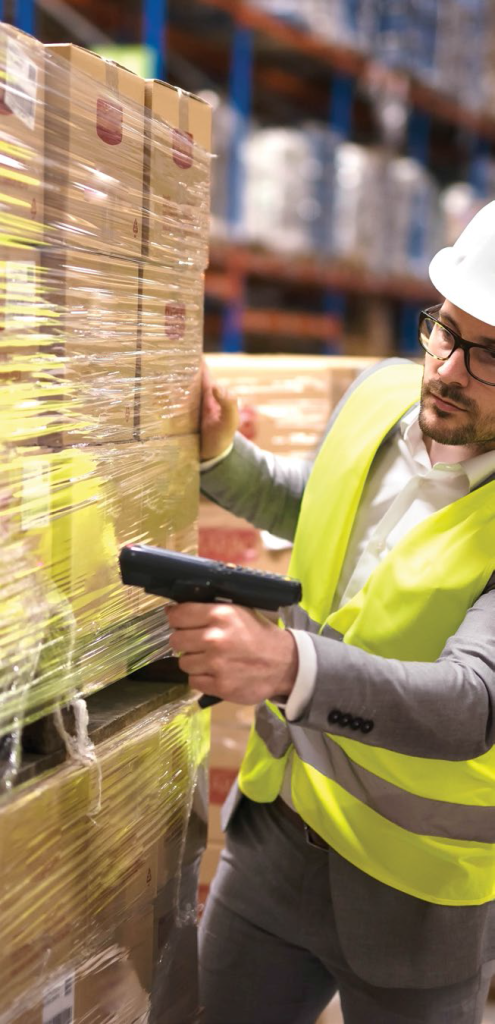 Good question! This can confuse even the seasoned professional in the logistics industry. CSS eLogix is an e-commerce fulfillment company. Unlike other e-commerce companies and marketplaces like Amazon, Noon, Shopify, etc. we do not sell any products through our website. Our services are warehouse management, inventory management, and last-mile delivery management. These three service offerings form the three crucial pillars. We understand that these pillars are critical to the functioning of e-commerce f u l f i l l m e n t centers. To put it simply, the moment when a customer clicks on the “Buy” option either from Shopify or any other online platforms, the orders are then executed through our portal. We get the order, execute the pick and pack, and ensure the items are delivered in a timely manner to the customer.
Good question! This can confuse even the seasoned professional in the logistics industry. CSS eLogix is an e-commerce fulfillment company. Unlike other e-commerce companies and marketplaces like Amazon, Noon, Shopify, etc. we do not sell any products through our website. Our services are warehouse management, inventory management, and last-mile delivery management. These three service offerings form the three crucial pillars. We understand that these pillars are critical to the functioning of e-commerce f u l f i l l m e n t centers. To put it simply, the moment when a customer clicks on the “Buy” option either from Shopify or any other online platforms, the orders are then executed through our portal. We get the order, execute the pick and pack, and ensure the items are delivered in a timely manner to the customer.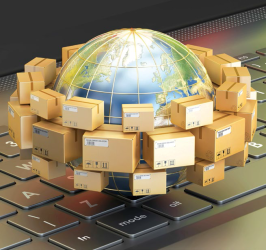 We want customers to enjoy their online purchases, and above all, we want to enhance their experience when it comes to trusting companies in delivering their goods safely and professionally. Our services should exemplify excellence, trust, and above all, safety and security for anyone who wishes to choose us to be their partners. We want to remove all the hassles a customer may have to face during an online purchase. We want the customer to sit back and relax while we deliver their goods with our professional and expert services. It could be just apparel or accessories or gifts for their loved ones. Whatever the product, we want our customers to think of Ti:Me and engage with us in putting a smile on their faces when they receive their package on time and without any hassles. We aspire to establish ourselves as the number one fulfillment company across UAE and Middle East, thus setting the standards for excellence.
We want customers to enjoy their online purchases, and above all, we want to enhance their experience when it comes to trusting companies in delivering their goods safely and professionally. Our services should exemplify excellence, trust, and above all, safety and security for anyone who wishes to choose us to be their partners. We want to remove all the hassles a customer may have to face during an online purchase. We want the customer to sit back and relax while we deliver their goods with our professional and expert services. It could be just apparel or accessories or gifts for their loved ones. Whatever the product, we want our customers to think of Ti:Me and engage with us in putting a smile on their faces when they receive their package on time and without any hassles. We aspire to establish ourselves as the number one fulfillment company across UAE and Middle East, thus setting the standards for excellence.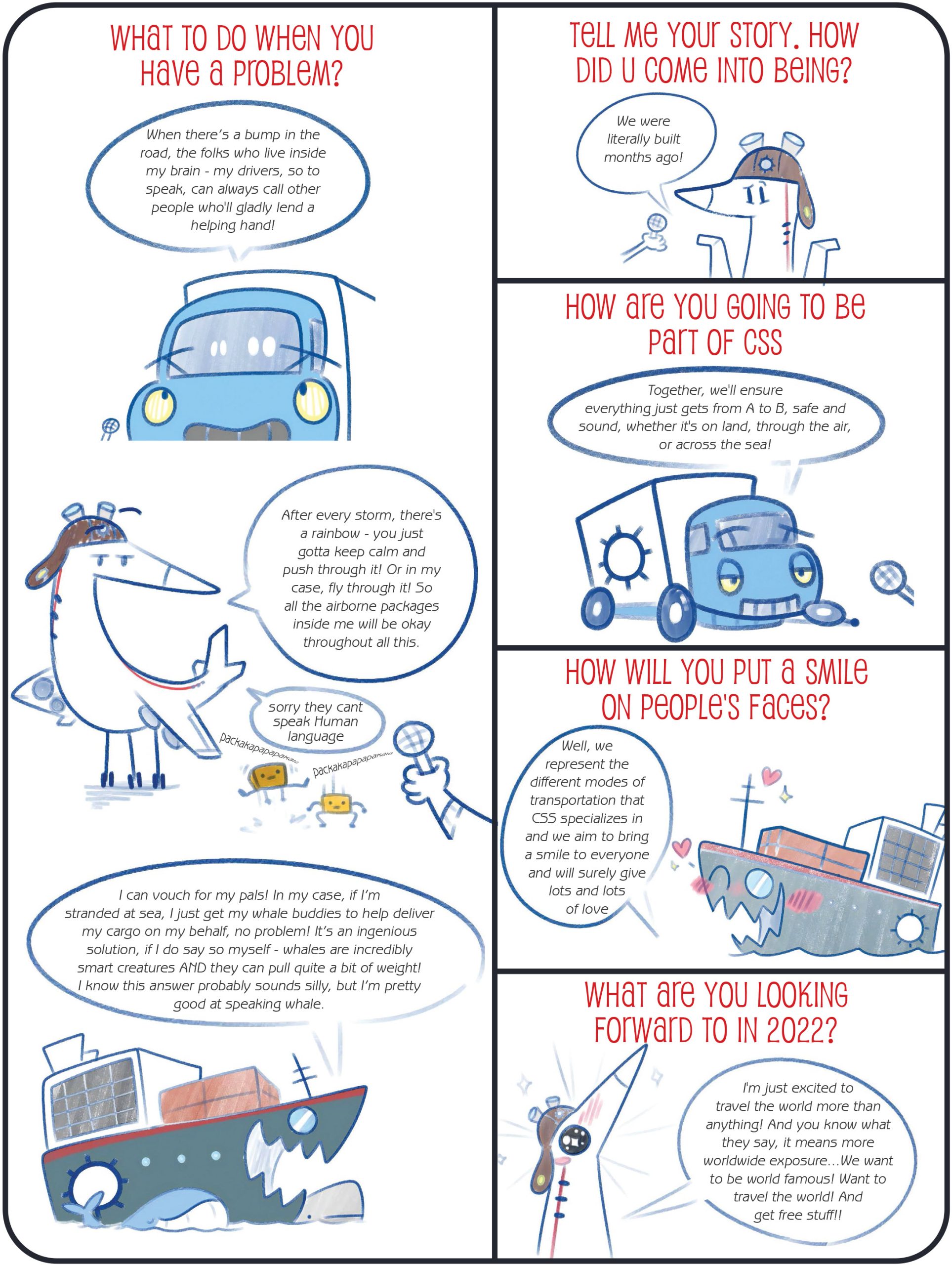
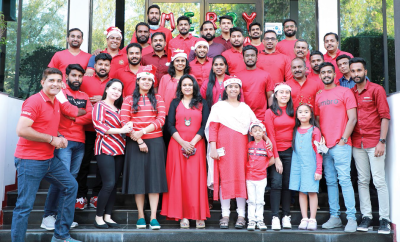
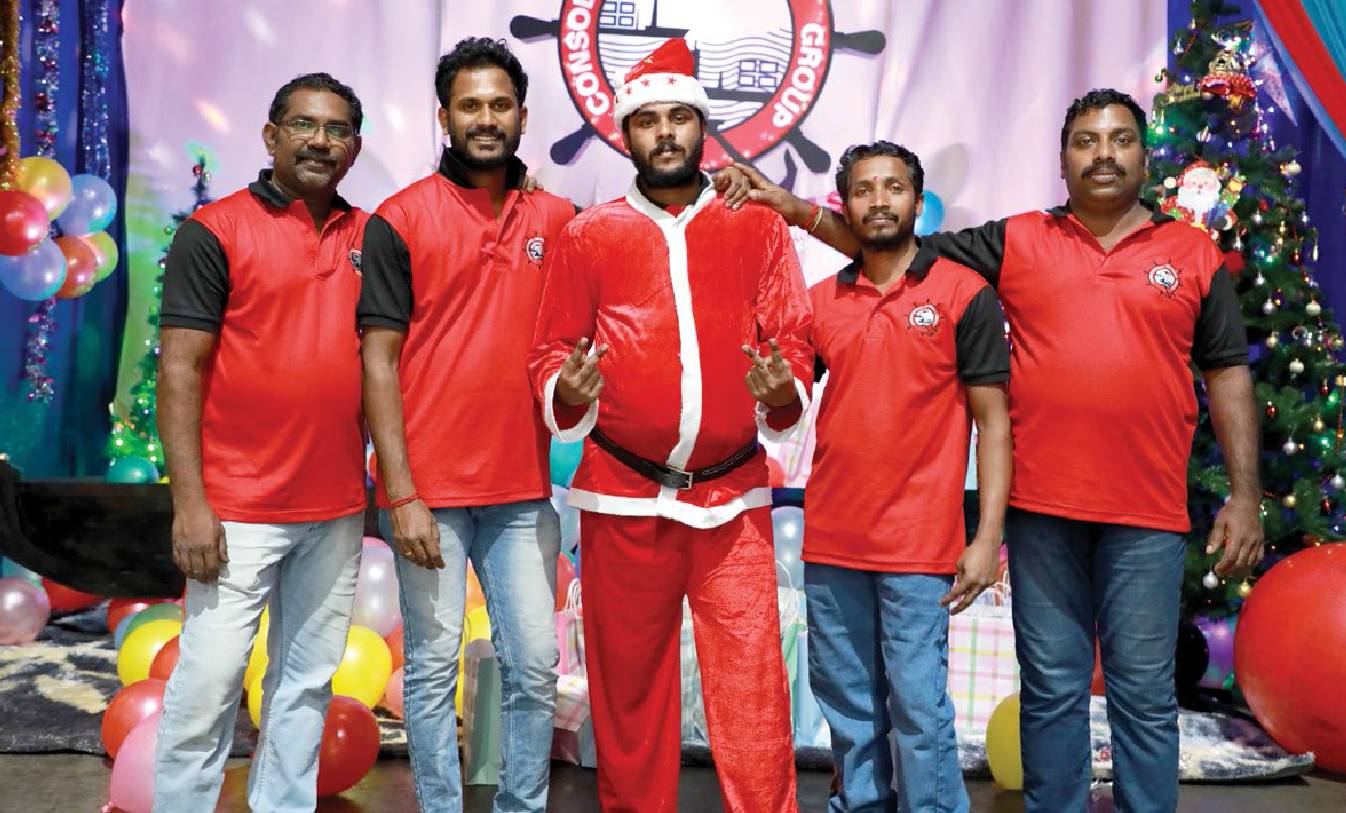
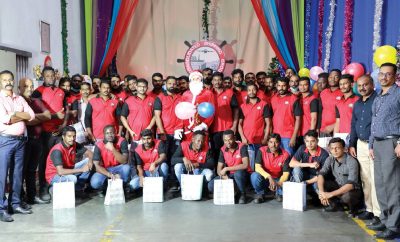
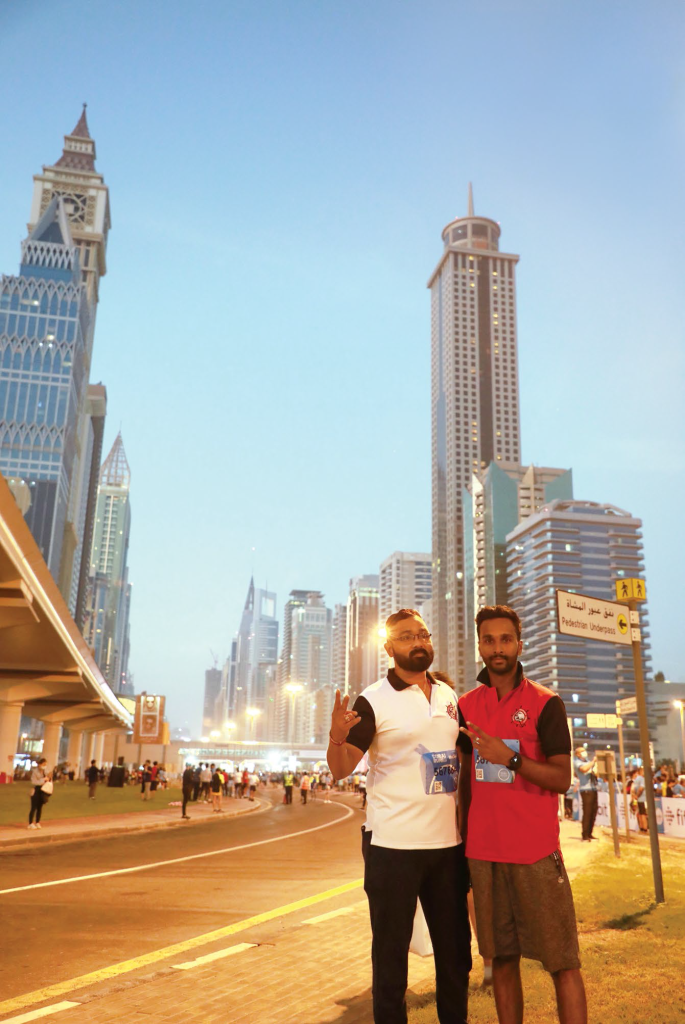
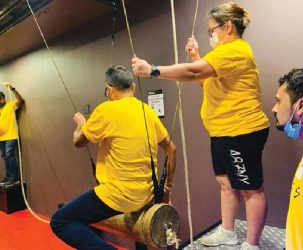

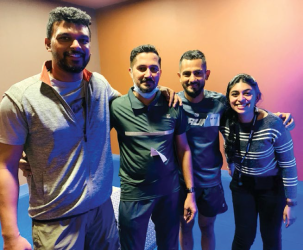
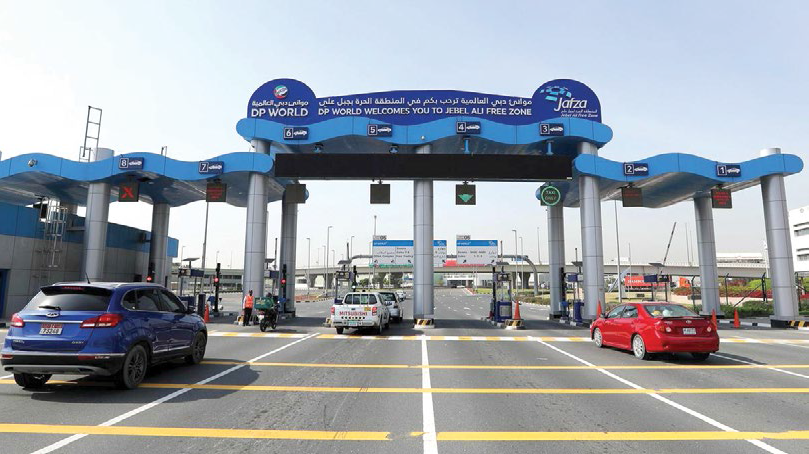
 After a year and a half of COVID-19 pandemic hitting the world, rays of revival across many sectors can be seen. And India’s logistics companies seem to be riding on a wave of growth after the waning of the second wave.
After a year and a half of COVID-19 pandemic hitting the world, rays of revival across many sectors can be seen. And India’s logistics companies seem to be riding on a wave of growth after the waning of the second wave.